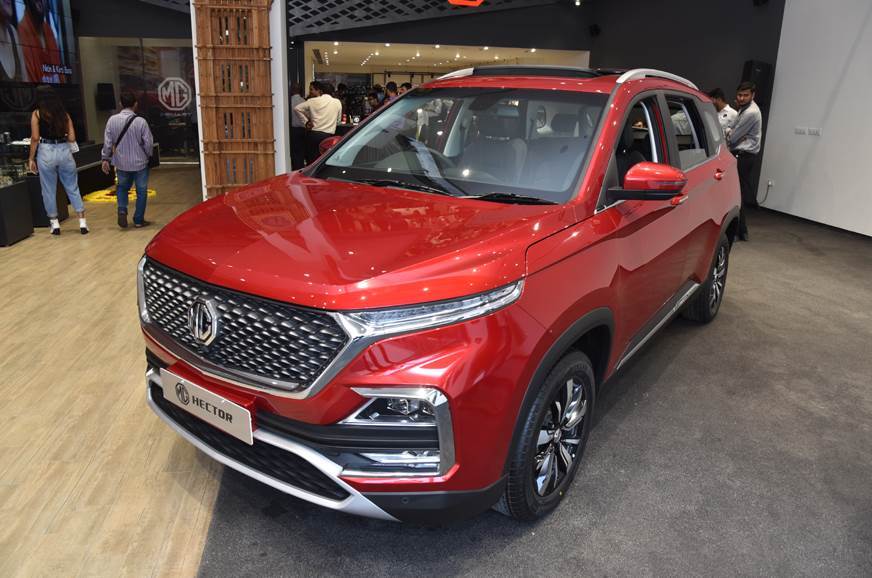Ural is a Russian motorcycle manufacturer that has its headquarters in Washington and is famed for its rugged sidecar-equipped motorcycles. The roots of the company can be traced back to World War II where it produced motorcycles that allowed for more equipment and manpower to be transported by the army. When the war ended, Ural began producing motorcycles for the general public and has become one of the world’s most prominent manufacturers of sidecar motorcycles.
The company has released images of its first electric motorcycle concept, which has completed its first development phase. The electric concept was developed as collaboration between Ural, electric motorcycle manufacturer Zero Motorcycles, and ICG, a Southern California design firm that’s worked with clients like Ford, Mahindra, Honda, and SpaceX, among others. The conversion is based on Ural’s existing cT model that is driven by the rear wheel only, unlike some of their other offerings that have power distributed to the sidecar wheel as well. Zero Motorcycles apart from providing their powertrain package also provided the necessary engineering support during development and testing, while ICG was in charge of the fabrication of the initial prototype.
The presence of the sidecar allowed Zero Motorcycles to equip the bike with two batteries – a lighter ZF6.5 battery in the main chassis, and a heavier ZF13.0 battery under the seat in the sidecar. The twin batteries with a total capacity of 19.5kWh yield a combined output of 60hp at 5,300rpm and a healthy torque output of 110Nm. The company claims that the twin batteries yield a tested range of 165km, and a top speed of 140kph. Charging time is an estimated 13 hours from empty to 95 percent, when plugged into a normal household circuit. As a result of the extra weight from the batteries, in addition to the sidecar, the Ural electric bike weighs 373kg (dry).
Will we be seeing a production model soon?
According to the brand, there are no immediate plans to manufacture an all-electric model at this time. The decision will ultimately be based on market research, consumer and industry experts’ feedback. Even if the design of an electric bike gets approved, according to Ural, it will take an additional 24 months to ramp up serial production.
Also see:
Ural electric sidecar prototype image gallery
from Autocar India https://ift.tt/2Sfm1dG
via IFTTT
